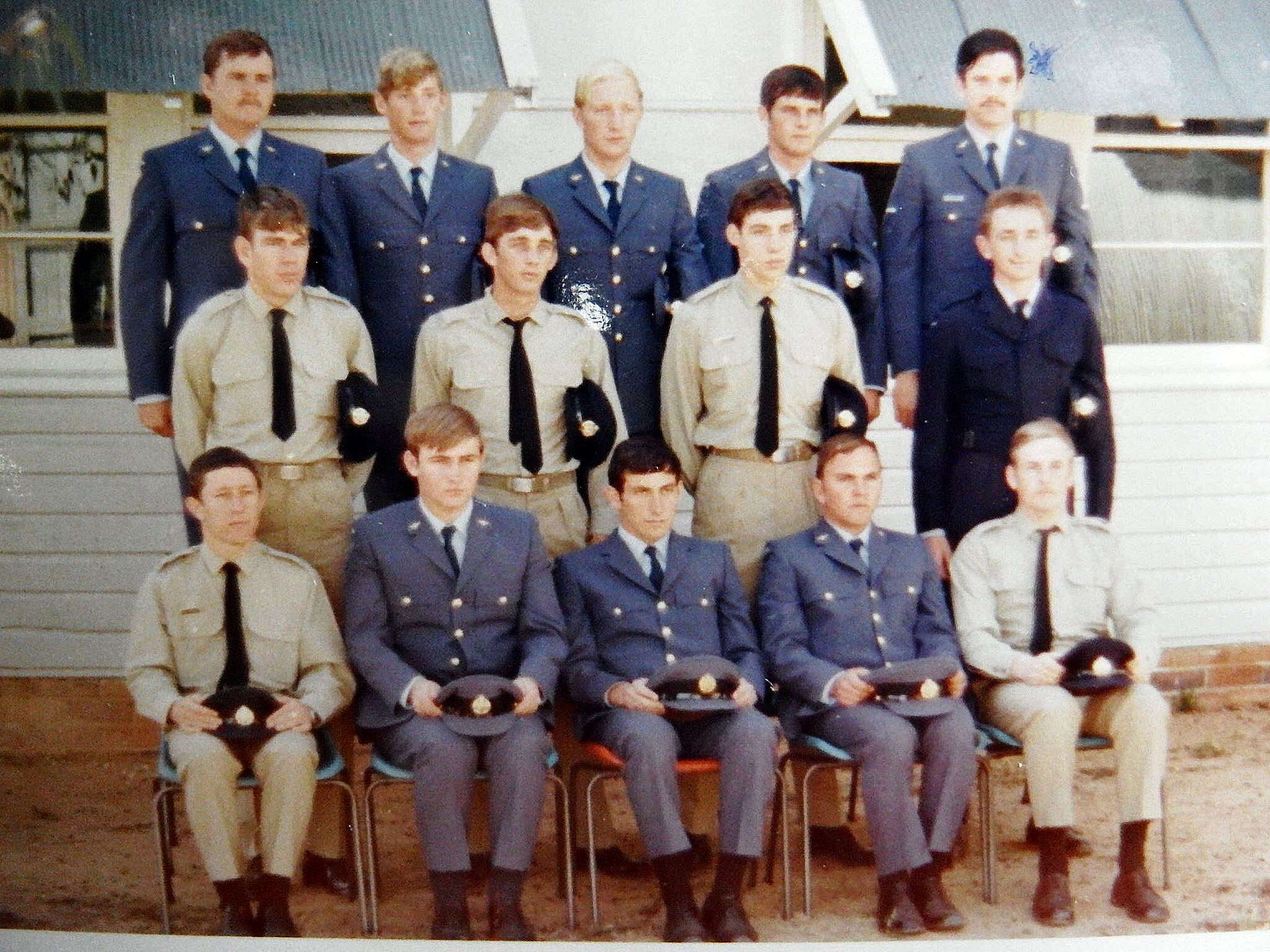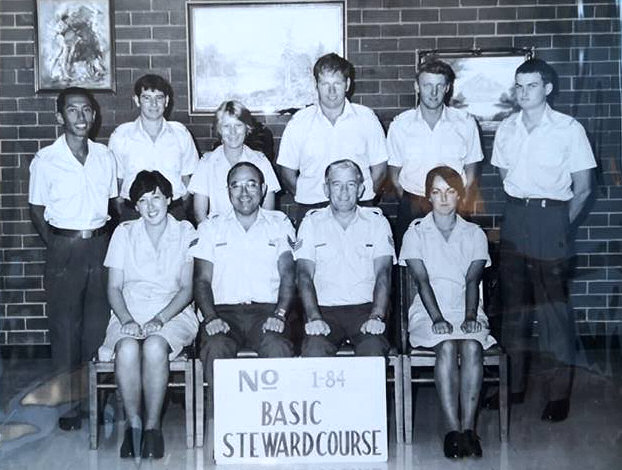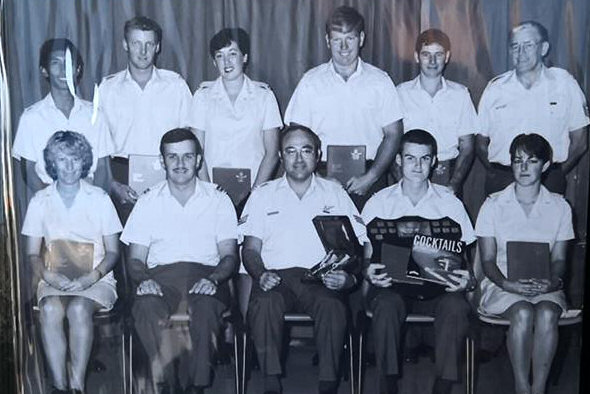|
|
||
|
||
|
Privacy Policy | Editorial Policy | Profit Policy | Join the Association | List of Members | Contact us | Index | Links |
||
|
Back Go to page: 1 2 3 4 5 6 7 8 9 10 11 12 13 14 15 16 17 18 19 20 Forward
|
||
|
|
||
|
Contents:
|
||
|
13Jan1992 – 29Oct1992 |
||
|
|
||
|
Back Row L-R: Mark Hardcastle, PS Nalpon, JF Gamlin, LS Legradi. Middle Row L-R: LJ Pulford, MC Binns, PJ Beanland, RJ Tucker, MA Thiess. Front Row L-R: C Tan, MS Eller, JR Woodman, Brian Graf, NA Smith, N Tan, A Butler.
|
||
|
Harry Smith led a contingent of Australian troops in one of the Army's most overlooked victories, but the battle is far from over for their unwavering retired commander.
Fifty-three years after they were ambushed and outnumbered – 108 Diggers to at least 2500 Viet Cong – in what came to be known as the Battle of Long Tan, the man who retired from his country's service as a lieutenant-colonel is still fighting for justice on behalf of the men he led. Despite the bravery of his infantrymen in the most savage fight of the entire Australian involvement in Vietnam, none has received a Victoria Cross – Australia’s highest military honour. |
||
|
|
||
|
Colonel Smith is determined to see that rectified.
Harry said “It’s my opinion that if Victoria Crosses had been awarded on a normal scale, at least four to five of my soldiers would have got a Victoria Cross, I can’t work out why, I’ve asked a lot of people in Canberra and senior officers." His best surmise is that the decorations were withheld for political reasons. “There was some problem with awarding Victoria Crosses in Vietnam because it was an unpopular war,” he said.
Harry Smith was the 33-year-old major in command of Delta Company 6RAR on the afternoon of August 18, 1966, when the unexpected happened. D Company was patrolling a rubber plantation, looking for a Viet Cong who had launched a minor raid near Nui Dat the previous day when it came under heavy attack. “We didn’t expect to run into at least 2000 enemy, and how we got out of that I will never know, but we did,” Harry said. “Sadly, I lost 17 of my soldiers and 23 wounded. They (the Vietnamese) left behind 293 bodies and they dragged away a lot more.
“When I look back on it, we got out of it because my soldiers were very courageous and well trained and they kept on firing at the enemy, killing the enemy, which was what we are trained to do … with the support of the artillery.”
As their leader, Colonel Smith had complete control of the situation, his Military Cross citation states, without which the Diggers might well have been annihilated, but for decades after Vietnam, they were the forgotten heroes and it wasn’t until the 50th anniversary in 2016 that Colonel Smith’s decades-long campaign to upgrade his men’s military bravery awards was successful.
The Defence Honours and Awards Appeals Tribunal recommended 10 soldiers who fought at Long Tan receive military honours or have their existing awards upgraded. “The [lack of] recognition of those who fought over and above the normal call of duty was quite disgusting and it took me a long time to get them some recognition,” Colonel Smith said. “It took me until 2016 to get everybody I had recommended for an award in 1966 to get those awards.”
However, Colonel Smith’s appeal for a Victoria Cross for Warrant Officer Class 2 Jack Kirby (right) was rejected, and this is where he will resume the fight also pushing for Victoria Crosses for other soldiers he will not yet name publicly.
|
||
|
I never thought I’d be the kind of person who’d wake up early in the morning to exercise. And I was right!
|
||
|
The Victoria Cross (VC) is the highest and most prestigious award of the British honours system. It is awarded for gallantry "in the presence of the enemy" to members of the British Armed Forces. It may be awarded posthumously. It was previously awarded to Commonwealth countries, most of which have established their own honours systems and no longer recommend British honours. It may be awarded to a person of any military rank in any service and to civilians under military command although no civilian has received the award since 1879. Since the first awards were presented by Queen Victoria in 1857, two-thirds of all awards have been personally presented by the British monarch. These investitures are usually held at Buckingham Palace.
The VC was introduced on 29 January 1856 by Queen Victoria to honour acts of valour during the Crimean War. Since then, the medal has been awarded 1,358 times to 1,355 individual recipients. Only 15 medals, 11 to members of the British Army, and four to the Australian Army, have been awarded since the Second World War. The traditional explanation of the source of the metal from which the medals are struck is that it derives from Russian cannon captured at the Siege of Sevastopol. However, research has suggested another origin for the material. Historian John Glanfield has established that the metal for most of the medals made since December 1914 came from two Chinese cannon, and that there is no evidence of Russian origin.
Beginning with the Centennial of Confederation in 1967, Canada, followed in 1975 by Australia and New Zealand, developed their own national honours systems, separate from and independent of the British or Imperial honours system. As each country's system evolved, operational gallantry awards were developed with the premier award of each system—the Victoria Cross for Australia (right) , the Canadian Victoria Cross and the Victoria Cross for New Zealand—being created and named in honour of the Victoria Cross. These are unique awards of each honours system, recommended, assessed, gazetted and presented by each country.
The Victoria Cross was extended to colonial troops in 1867. The extension was made following a recommendation for gallantry regarding colonial soldier Major Charles Heaphy for action in the New Zealand land wars in 1864. He was operating under British command and the VC was gazetted in 1867. Later that year, the Government of New Zealand assumed full responsibility for operations but no further recommendations for the Victoria Cross were raised for local troops who distinguished themselves in action. Following gallant actions by three New Zealand soldiers in November 1868 and January 1869 during the New Zealand land wars, an Order in Council on 10 March 1869 created a "Distinctive Decoration" for members of the local forces without seeking permission from the Secretary of State for the Colonies. Although the governor was chided for exceeding his authority, the Order in Council was ratified by the Queen. The title "Distinctive Decoration" was later replaced by the title New Zealand Cross.
The question of whether awards could be made to colonial troops not serving with British troops was raised in South Africa in 1881. Surgeon John McCrea, an officer of the South African forces was recommended for gallantry during hostilities which had not been approved by the British Government. He was awarded the Victoria Cross and the principle was established that gallant conduct could be rewarded independently of any political consideration of military operations.
A total of 1,358 Victoria Crosses have been awarded since 1856 to 1,355 men. (The missing 3 were awarded to Unknown Soldiers). Women have only been eligible to receive the Victoria Cross since 1921 although to date not one has been awarded. In 1869, an Elizabeth Webber was awarded a replica VC for her work nursing cholera sufferers in India.
There are several statistics related to the greatest number of VCs awarded in individual battles or wars.
Three people have been awarded the VC and Bar, the bar representing a second award of the VC. They are: Noel Chavasse and Arthur Martin-Leake, both doctors in the Royal Army Medical Corps, for rescuing wounded under fire; and New Zealander Charles Upham, an infantryman, for combat actions. Upham remains the only combatant soldier to have received a VC and Bar.
Since the end of the Second World War the original VC has been awarded 15 times:
In 1856, Queen Victoria laid a Victoria Cross beneath the foundation stone of Netley Military hospital. When the hospital was demolished in 1966 the VC, known as "The Netley VC", was retrieved and is now on display in the Army Medical Services Museum, Mytchett, near Aldershot. This VC is not counted in official statistics.
Click HERE to see the list of Australian recipients.
|
||
|
I’d like to thank whomever told my mum that WTF means “wow that’s fantastic”. Her texts are so much more fun now.
|
||
|
1973 |
||
|
|
||
|
Sorry – we can’t put the names against faces – if you can help?? |
||
|
|
||
|
|
||
|
I’ll call it a smartphone the day I can yell, “Where’s my phone?” and it will answer “Down here in the seat cushions.
|
||
|
1972 |
||
|
|
||
|
Sorry – no names.
|
||
|
|
||
|
|
||
|
|
||
|
One night a guy takes his girlfriend home. As they are about to kiss each other goodnight at the front door, the guy starts feeling a little amorous. With an air of confidence, he leans with his hand against the wall and smiling, he says to her, “Honey, would you have sex with me?” Horrified, she replies, “Are you mad? My parents will see us!” ”Oh come on! Who's gonna see us at this hour?” he asks, grinning at her “No, please. Can you imagine if we get caught?" "Oh come on! There's nobody around, they're all sleeping!” “No way. It’s just too risky!” “Oh please, please, I love you so much!” “No, no, and no. I love you too, but I just can’t!” “Oh yes you can. Please?” “No, no. I just can’t!” “I’m begging you.” Out of the blue, the light on the stairs goes on, and the girl’s older sister shows up in her pyjamas, hair dishevelled, and in a sleepy voice, she says: “Dad says to go ahead and have sex with him, or I can do it, or if need be, mum says she can come down herself and do it, but for goodness sake, tell him to take his hand off the intercom!” |
||
|
|
||
|
|
||
|
|

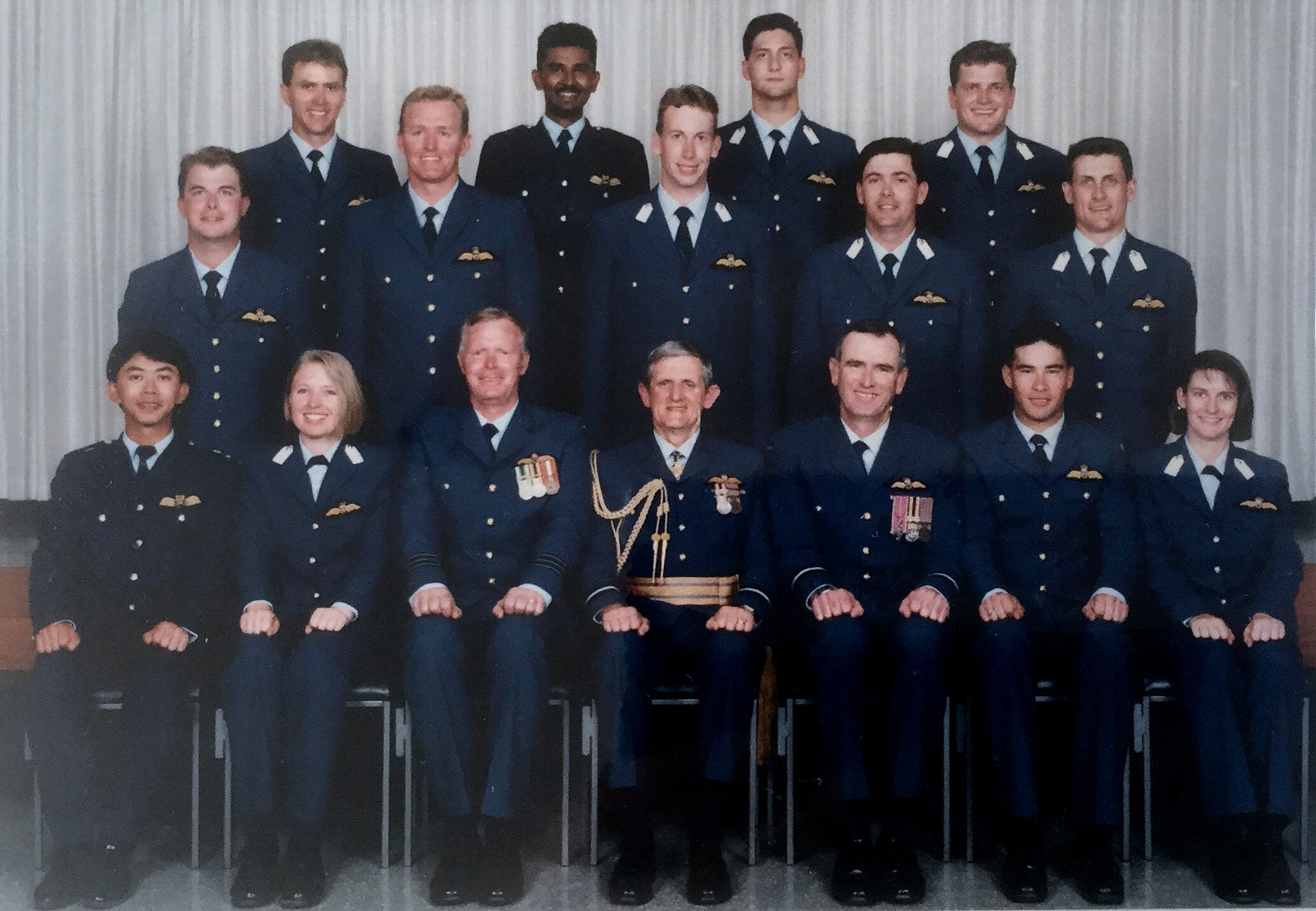
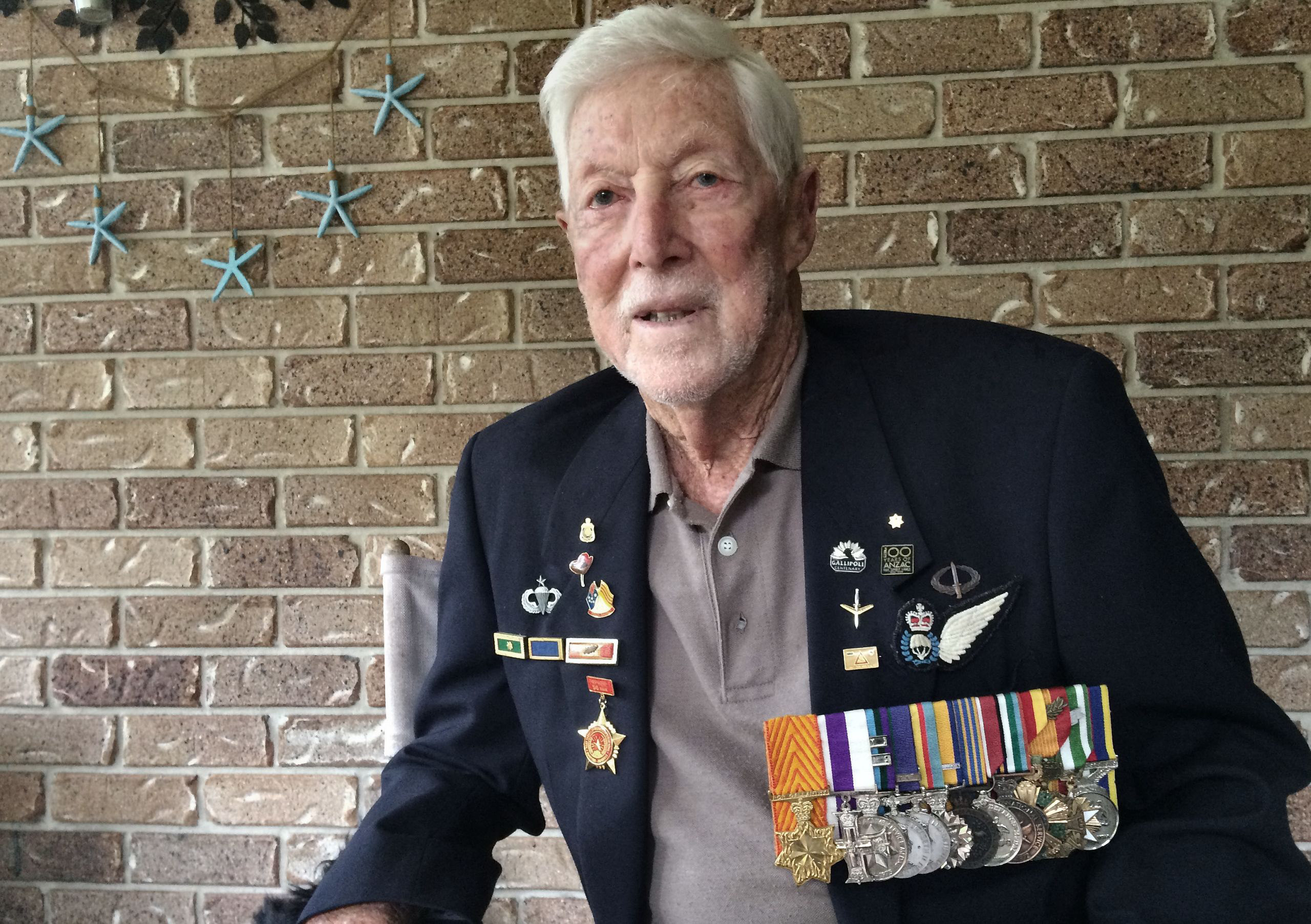
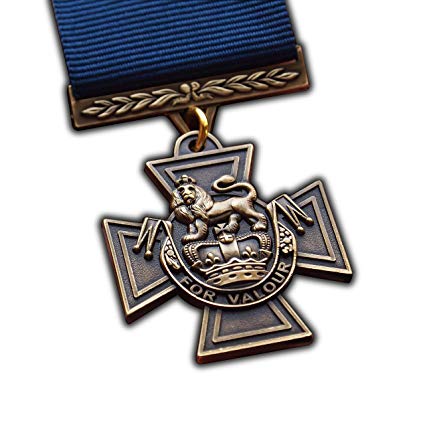
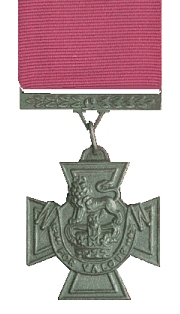
.jpg)
%202.jpg)
